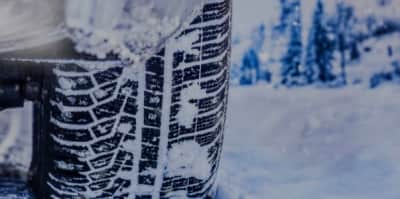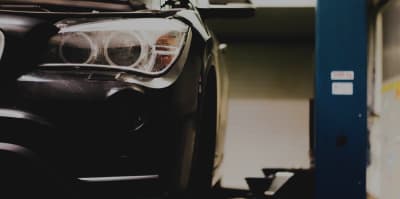
If you are not a do-it-yourself type, use our garage portal to request quotes instead. At Autobutler, we calculated the price of having the brakes on a Škoda fixed.
The price is an average price, and covers all quotes submitted by garages across all Škoda models.
You receive three quotes, where it is clearly stated in writing what the price covers. Typically, this will state working hours plus parts. Remember to check that the price also includes brake discs.
| Compare and save* | You save on average* | |
|---|---|---|
| £66 | 22% | |
| Save on average* | ||
| £66 / 22% |
Once you took your car to the garage and used Autobutler's 'Request quotes' service, you can help other car owners by writing a review of the garage. You do this by clicking here.
Replacing the brakes on a Škoda
When the car needs a brake replacement, most car owners go to see the mechanic to get the job done. But, if you are a dexterous type and own the right tools, it is actually possible to change the brake pads yourself.
Remember, the car's brakes are among the most important safety equipment, which makes it vital that you know exactly what to do when you start to disassemble the brakes. Otherwise, the consequences can be catastrophic.
If you did not try it before, or if you are unsure about performing the task, we recommend going to a garage instead.
Below, we prepared a mini guide on how to replace the brake pads on your Škoda. If the pads are worn down completely, the brake discs may have been damaged, why these should also be replaced.
How to replace the brake pads
When the brake pads need replacing, it must always be done in sets, i.e. either both front wheels or both rear wheels or all four wheels simultaneously. It is easiest to work with the brakes if the car is jacked up or on a lift.
Start by loosening all the bolts before the car is raised.
When the car has been raised, unscrew the bolts completely and you can now lift off the wheels, giving you direct access to the brake system.
Then loosen the bolts, which hold the brake caliper in place. Now you have direct access to the brake pads, and you can easily tell how worn they are. If the pads are worn unevenly, replace them – although you should probably consider why they are worn unevenly. If you are not sure why, then install the new pads and take the car to your local garage, as they will be able to measure the car's braking system and identify the error.
On the brake pads, there is a clip, which has to be removed in order to loosen the pads and dismount them.
Now, you are ready to install the new brake pads. Always use the new clips included with the new pads. Push the pistons back slightly to make room for the new pads, which are most likely thicker than the old ones, and therefore require more space relative to the disc.
Now, you can put the wheels back on and, by pumping the brake pedal a few times, check that the brakes are working as intended. The pedal must feel hard and it must not be possible to depress it fully. Also, check the brake fluid in the brake fluid reservoir.
Before you start driving the car as normal, it is always a good idea to test the brakes in a test-drive. You can do this at low speed on a road where you do not endanger yourself or other drivers.
How do you know when it is time to have the brakes replaced?
The brakes on your Škoda consist of a rotating disc. On each side of the disc, brake pads are fitted. The car brakes by a caliper pushing the brake pads against the disc when you engage the car's brake pedal. When the brake pad is pushed against both sides of the disc, it will cause the vehicle to stop.
Over time, the coating on the pads wear off, and they must therefore be replaced. You discover that the car's brake pads are worn by the car braking unevenly, and that braking feels unstable. At the same time, you may experience that the brakes screech.
With new brakes, the braking should ideally be silent and efficient. In rare cases, however, the brakes may screech a bit, if the brake pads are made from a particular material.
In the car's service manual, you can see when your car needs servicing, during which your mechanic will also check the brakes.
Worn brakes – what you need to pay attention to
If you do not have the brakes checked regularly, there is a risk of compromising road safety. Brakes have to manage 60 percent of braking efficiency, and emergency stops are typically when the load becomes too great for non-maintained brakes to handle, why they risk failing.
Below, we have listed three things, which tell you that your brakes probably need a check, and perhaps a replacement.
- The car reacts unstably and 'rocks' back and forth when you step on the brake pedal. This probably means that the car's pads are worn unevenly.
- When you brake, a jarring sound is heard. Often, this is caused by either brake pads or discs being worn. It may also just indicate that there is a little rust on the discs, but then the sound will disappear once you have braked a few times.
If you can depress the brake pedal almost all the way, and if the pedal feels much too soft, the braking system possibly lacks fluid. Before adding new fluid and driving on as if nothing happened, go to a garage to verify that the lack of fluid is not due to serious leaks in the brake system.






